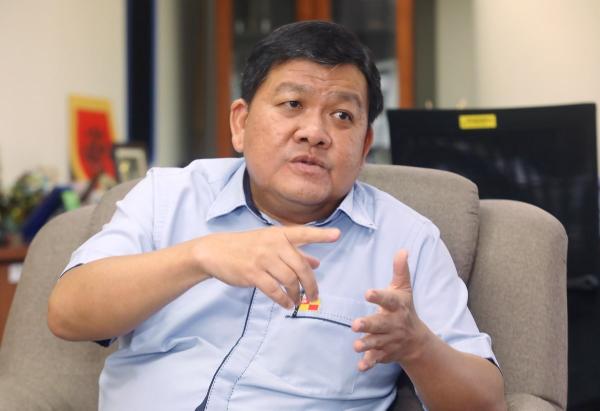By The Selangor Journal Team
SHAH ALAM, June 1 — Selangor is strategically leveraging its rich ecological and cultural resources to grow its tourism sector, says state executive councillor for tourism Hee Loy Sian.
Emphasising the state’s cultural and ecological heritage, Hee stated that it would be able to attract visitors seeking a more meaningful and immersive experience while promoting sustainable development for the communities connected to the heritage sites.
Citing the Mah Meri Cultural Village as a prime example of Selangor’s commitment to promoting cultural heritage, Hee said that it provides visitors with an authentic encounter with the traditions and customs of the Mah Meri indigenous community.
“Selangor aims to curate and promote a diverse range of cultural and ecological experiences that allow tourists to immerse themselves in the local traditions, arts, and customs,” he said in an interview with Selangor Journal on May 29.
Hee pointed out that foreign tourists particularly seek these types of experiences over regular shopping, as they appreciate unique local charms that are not found elsewhere.
As home to the largest concentration of the Malaysian diaspora, Selangor is also abundant in unique locations, buildings, and cuisine that represent the country’s diverse multiethnic communities, Hee added.
Regarding eco-tourism, Hee mentioned several notable destinations in the state that cater to eco-tourism enthusiasts, including Kuala Selangor, Sungai Besar, Sekinchan, and Sepang.
However, he noted that these locations lack five-star hotels that could attract more affluent tourists.
“Sepang, known for its dragon fruit farms, and Sekinchan, a town famous for rice cultivation, offer numerous homestay options and a variety of eco-tourism activities tailored to a specific segment of the market,” Hee explained.
Hee acknowledged that visitors to these destinations often choose day trips instead of overnight stays. However, there is a demand for higher-quality accommodations from tourists who seek comfortable lodging while immersing themselves in local customs and activities.
“To cater to tourists who desire better accommodations but still want to experience local customs and activities, five-star or top-rated hotels should be built in these locations. This would greatly benefit the local communities,” he emphasised.
In Kuala Selangor, a wetland nature park serves as a habitat for a diverse range of resident and migratory bird species, showcasing the area’s ecological allure. This park is just one of the many ecological charms found in Kuala Selangor.
Sungai Besar and Sekinchan, known for their support of agricultural and fishing activities, have become popular weekend getaway destinations.
To facilitate the development of top-tier hotels, Hee explained that the state government would assist private entities by providing suitable land at these locations.
“The state government does not have the funds to undertake such projects, but we will support private companies that recognise the value in building top-rated hotels at these locations. This collaborative approach aims to encourage private investment and promote the development of high-quality accommodations for tourists visiting these areas,” he stated.
Hee previously said Selangor aims to attract over 3.5 million tourists to the state by the end of the year.
This goal is largely driven by the increasing number of foreign tourists, particularly from Japan, China, Korea, and Taiwan, he noted.
Hee also highlighted the positive development of luxury cruise tourism at the Port Klang Cruise Terminal (PKCT), with approximately 350,000 visitors arriving in December last year. The segment is targeting 500,000 visitors in 2023.


